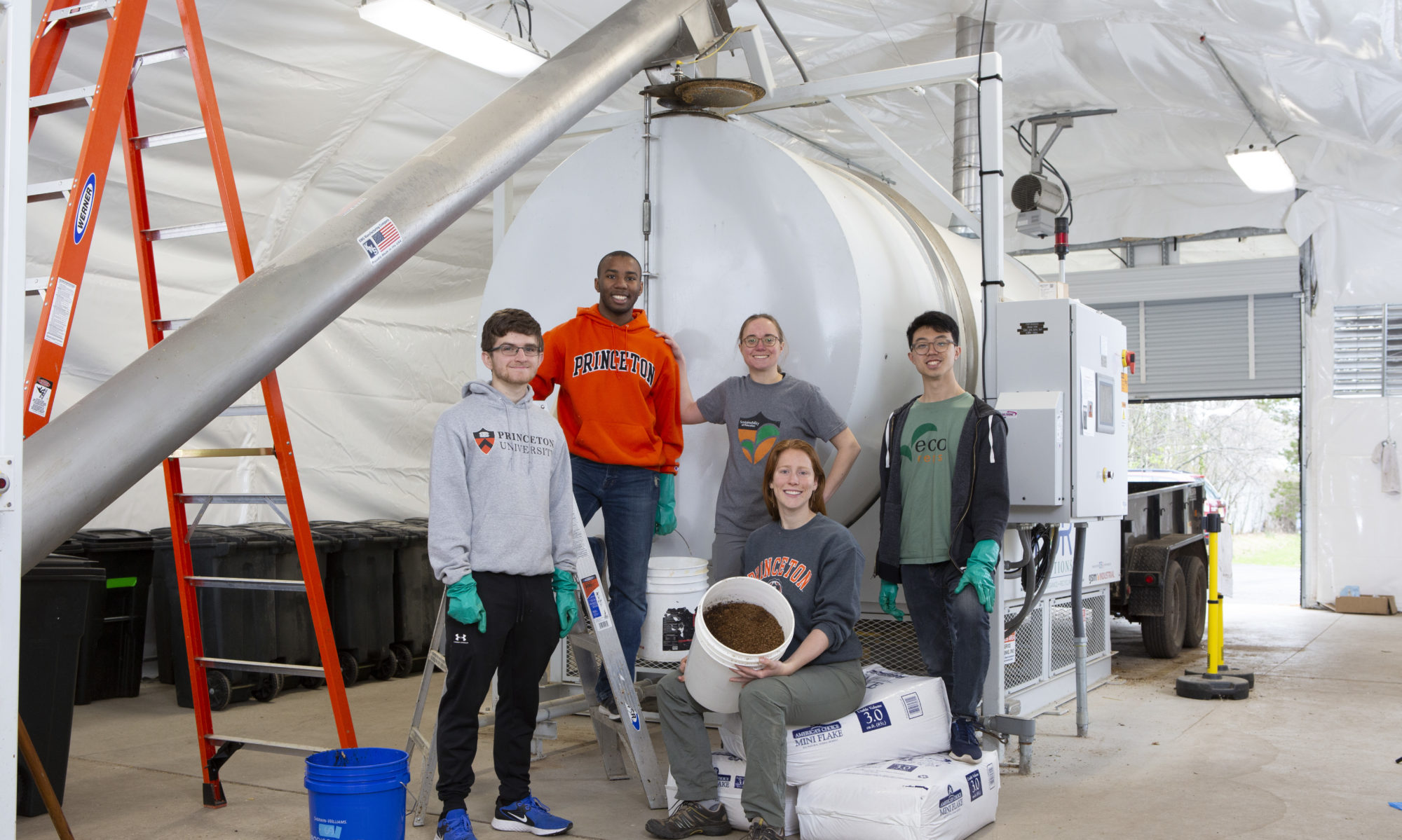Did you know that May 29th is National Learn About Composting Day?
In its honor, this blog post will provide a brief account of composting throughout U.S. history.
In general terms, composting refers to a natural process in which organic matter is biologically reduced into a soil-building substance.
While the above definition doesn’t imply any human intervention, composting can also be more narrowly defined as a process in which we (humans) transform organic material into a soil amendment to create a beneficial growing environment for our lawns or gardens.
This second definition was “discovered” by ancient civilizations when the earliest people learned how to use organic matter, most likely in the form of manure, to enhance crop production. Ever since, the composting process has been practiced and adapted along the way by different cultures over time.
In the Americas, indigenous people used organic matter such as buried fish and seaweed in corn planting and taught these practices to European colonists to help them grow food in the poor soils of New England.
Presidents George Washington and Thomas Jefferson were compost proponents in farm operations and benefited from the knowledge and skills of their enslaved workers.
However such a strong tradition gradually fell out of practice, starting with the westward expansion into already fertile prairie soils of the Midwest, and then the introduction of chemical agriculture. Farmers were able to achieve high yield rates without having to invest in soil-building practices. Over time these consequences included the Dust Bowl of the 1930s and the current aquatic dead zones due to nutrient run-off.
Fortunately, the organic farming movement that includes practices such as composting to control erosion and retain and provide nutrients to plants, is making a comeback. Ever since Rachel Carson helped spark the environmental movement in the 1960s, farmers and consumers have become more aware of the environmental and health consequences of chemical farming. Today, composting is also becoming a growing solution to the municipal solid waste challenge, and a lot of research is being conducted to investigate compost’s role in mitigating climate change through carbon sequestration.
Source/Learn more: The Rodale Book of Composting: Simple Methods to Improve your Soil, Recycle Waste, Grow Healthier Plants, and Create an Earth-Friendly Garden
Weekly Data: End of Spring Semester
We saw a gradual decrease in the amount of uneaten food processed in the composting system over the last three weeks as the academic year came to a close with students finishing their papers and final exams and eventually leaving campus.
The S.C.R.AP. Lab will continue to be operational over the summer. While we will lose some of our academic/residential partners during this time, we will continue to receive a steady, but reduced, stream of uneaten food from the Frist Campus Center and Cafes.
| WEEK | Total Food | Campus Center & Cafes | Academic /Residential Buildings | Wood Shavings (BA/CS) | % BA/CS | Compost Off-Loaded | GHG Emissions Saved (MTCO2-eq) |
| 5/3 – 5/9 | 3,567 | 3,401 | 166 | 1,099 | 31% | 3,500 | |
| 5/10 – 5/16 | 3,340 | 3,134 | 206 | 1,033 | 31% | 3,000 | |
| 5/17 – 5/23 | 3,149 | 3,022 | 127 | 1,067 | 34% | 3,000 | |
| Cumulative (lbs) | 87,885 | 86,792 | 1,591 | 27,361 | 31%* | 75,500 | 26 |
*In addition to the wood shavings, we also diverted and processed 85 pizza boxes over the semester as a supplemental source of carbon
